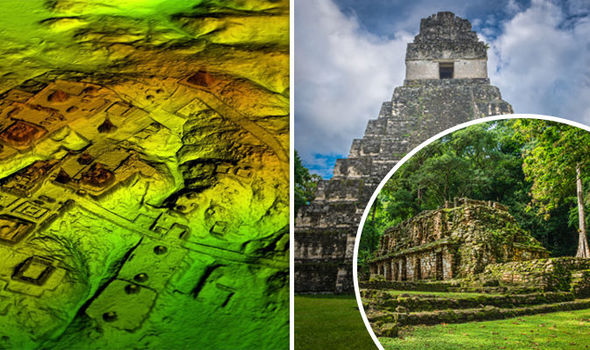
While the Spanish explorers of the 16th Century encountered the remnants of the Mayan civilization of Central America, the true history of the Maya was unknown. In reality, new discoveries are emerging every day as new technologies allow researchers to explore remote and dense jungle locales in order to discover archaeological finds that a bigger history that we are only now discovering has been under our feet the entire time.
Until recently researchers and archaeologists held that Mayan civilization was centered around sites such as the city-states of Tikal, Copan and Palenque. These sites represented the pinnacle of the Classic Period of complex Mayan society that existed from 250AD to 900AD. Due to perceptions of the Mayan lack of wheels and large draft animals, contemporary scholarship held that each Mayan city had a maximum population ceiling of roughly 50,000 to 100,000 residents at any one time. Many scholars assessed the overall Mayan population at its height of 5 million citizens.
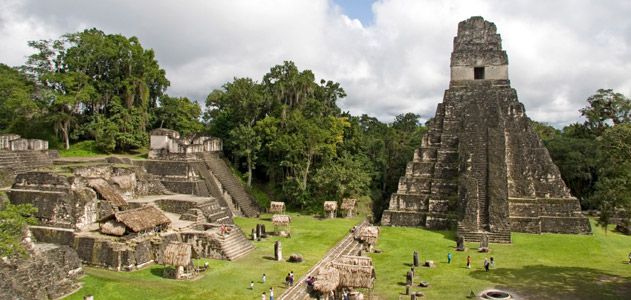
One of the major factors limiting the true knowledge regarding the Maya from being discovered is the jungle itself. Due to its dense nature and vast amounts of detritus created annually, once the Mayan civilizations were abandoned for unknown reasons beginning in the 8th Century the jungles literally swallowed these settlements and cities whole, hiding them from plain view and discovery. It is only with the use of constantly evolving technologies such as ground penetrating radar that these sites can now be re-discovered leading to new understanding about the Maya as a people and society.
The decline of the Maya is one of the great mysteries of human civilization. Like Atlantis, the Mayan decline has left immense holes in the knowledge of a society that could calculate finite equations of mathematics, the position of the planets and astronomy, and other complex scientific measures which were believed to be out of the reach of these tribal peoples without assistance from white settlers, alien civilizations or other means. Modern scholarship believed that the Mayan civilization declined from overpopulation on an environment that could not support large numbers of people to constant states of warfare that ground the city-states down through failed military, dynastic and trade relationships that ended the Mayan god-kings’ ability to maintain power to finally an catastrophic environmental event destroying the civilization’s ability to support itself. As the jungles swallowed these city-states, it swallowed the clues to discovering the Mayan society.
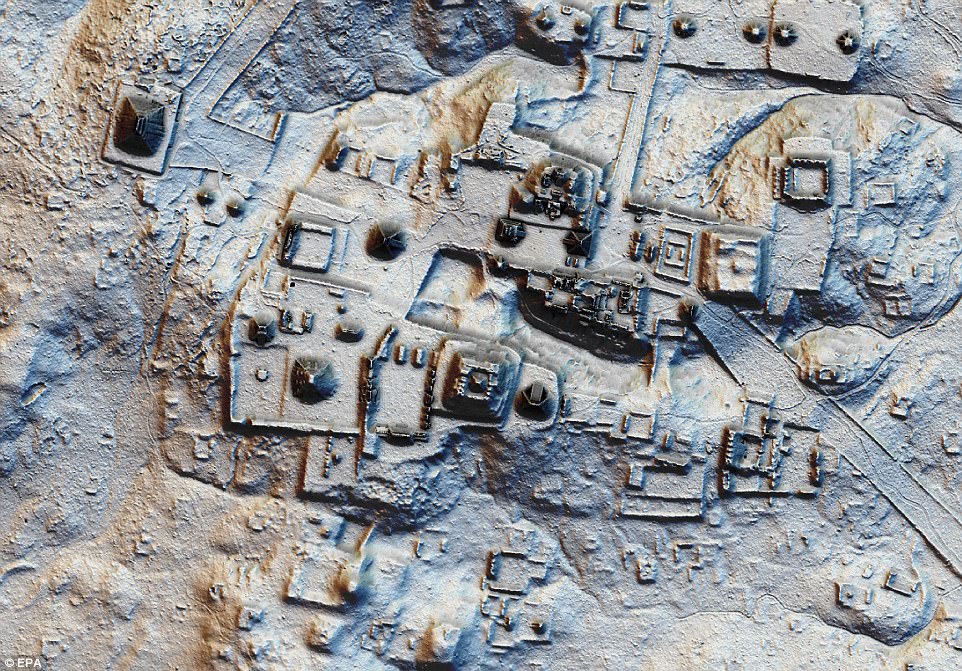
With the initial discoveries of Mayan ruins being completed with large scale excavations, it was assumed that these city-states had a finite size and had been fully discovered. With new laser technology known as LiDAR (Light Detection and Ranging), the surrounding jungles can be digitally removed to present a more complete picture of the region. Not only can new sites be discovered, but this technology shows that sites that were believed to be completely discovered and excavated are actually larger than believed. This technology now lets researchers look at the rest of the proverbial iceberg.
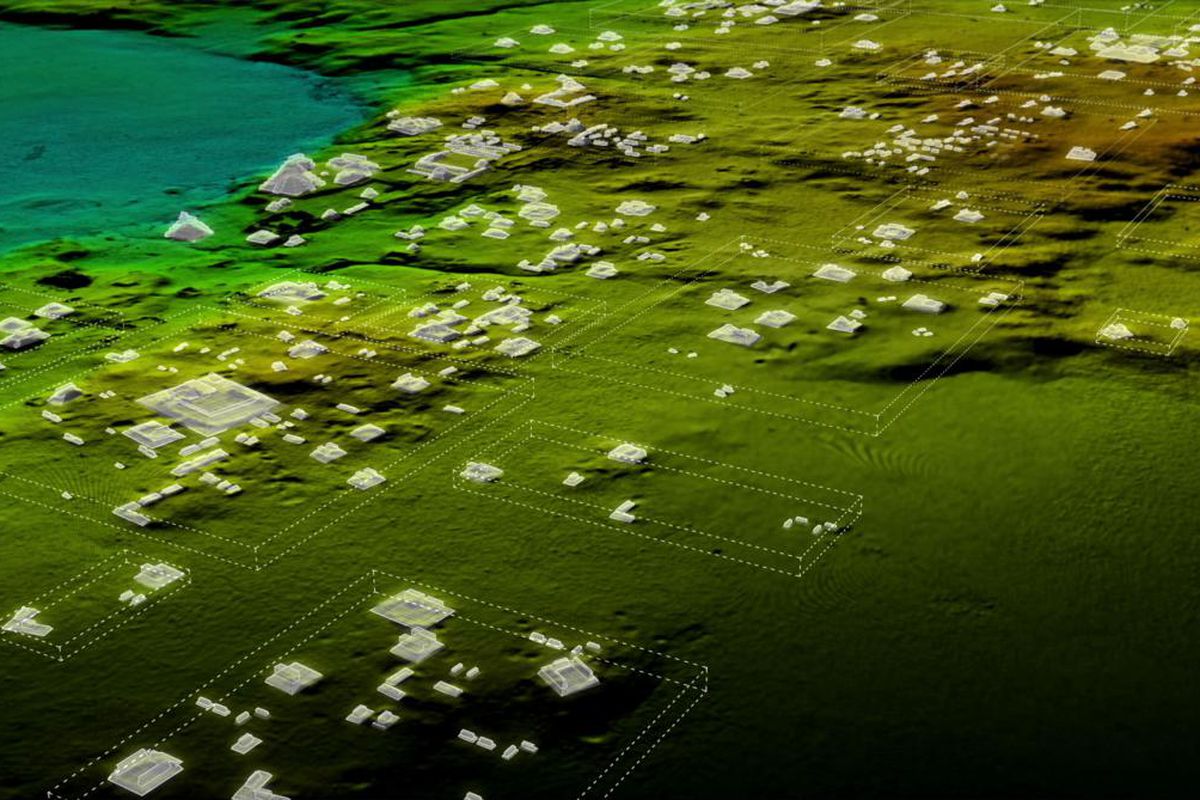
Recently with the use of LiDAR, archaeologists have discovered ruins in northern Guatemala consisting of over 60,000 homes, an elevated highway system, and other man-made structures that had been obscured by the jungles of the current Maya Biosphere Reserve in the Peten region. LiDAR was used to expose more than 800 square miles of rainforest. One of the areas centered around the discovered city-state of Tikal providing information that the city-state might be nearly eight times larger than previously believed. While it was estimated that the Mayan population had a ceiling of 5 million citizens, these recent findings suggest that the actual ceiling may have been closer to 15 million, which if true illustrates that our current knowledge of the Maya is miniscule compared to the complete picture.
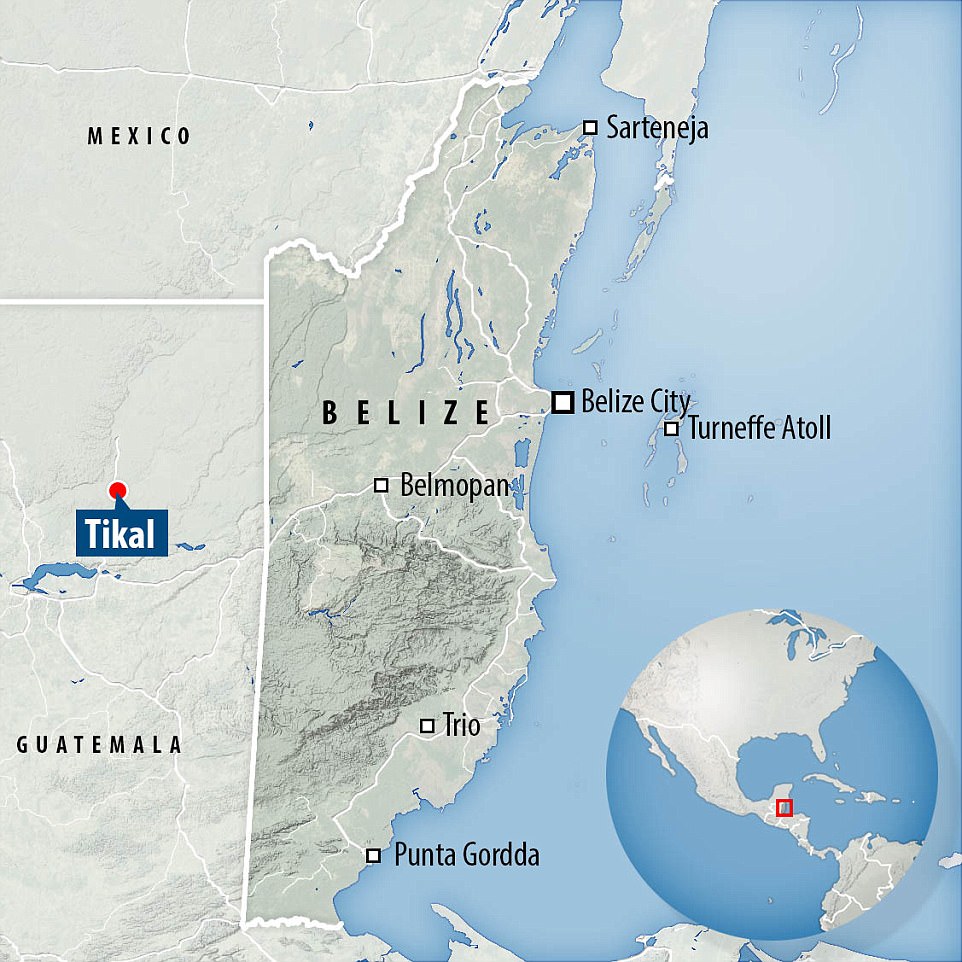
Prior to the use of LiDAR, it was held that Mayan urban centers existed, but were sporadic as the jungle prevented the development of large scale urban centers. The laser technology has so far revealed systems of raised highways connecting the urban centers. Large terraced farming fields with irrigation routes have been discovered that could have fed an increased population despite the lack of draft animals and perceived necessary technology of sedentary cultures. Adding to the theory of increased militarism in the downfall of Mayan civilization was the common presence of walls, ramparts and forts for defending the urban centers. It shows that warfare was endemic, and it was a major concern for the Mayan people.
Using LiDAR to discover new territories up to 5,000 square miles of Guatemala’s low areas will be assessed for discoveries. Researchers are gaining new findings and materials that will take decades to decipher and eventually discover in person. A massive undertaking, this scientific initiative will shed a more complete light on the Mayan people so people of today can understand why they disappeared and how similar concerns today can affect us.








